Archibald John Motley Junior (1891–1981) is the unlikely subject of the Whitney’s first temporary exhibition after its five-month opening extravaganza. Until recently, its new multi-storey building was filled with a flamboyant show, ‘America is Hard to See’, that demonstrated both how rich and diverse 20th- and 21st-century American art is and how great is the Whitney’s collection of it. Before two more expected contemporary shows open later this autumn – a Frank Stella retrospective and the Thea Westreich Wagner and Ethan Wagner collection – the Whitney turns the spotlight on a 20th-century modern realist.
The 42 large, bold and mostly figurative paintings on show were begun between 1919 and 1963, and many have been loaned by Motley’s family. The show, (organised originally by the Nasher Museum of Art at Duke University) is another treat in the cornucopia of recent exhibitions about American mid century painters who are being newly recognised and celebrated. Over the past year US museums have staged shows about Thomas Hart Benton, Reginald Marsh, Marsden Hartley, Charles E. Burchfield and others, some of whose works hang in the Whitney’s collection spaces in the same building.
Motley’s pictures are a delicious revelation. Brought up in Chicago, he was one of the first black artists to attend the School of the Art Institute of Chicago and receive its rigorously academic, figure-focused training while imbibing the European historic tradition. His early portraits – single figures calmly staring out from the canvas to confront the spectator – use this discipline but add new layers to it. They display a sensual hot palette, film noir lighting and subtle flesh tones for both black and white skins. Each is a concise biography: The Octoroon Girl (1925), Portrait of My Grandmother (1922), a rather dapper Self-portrait of 1920.
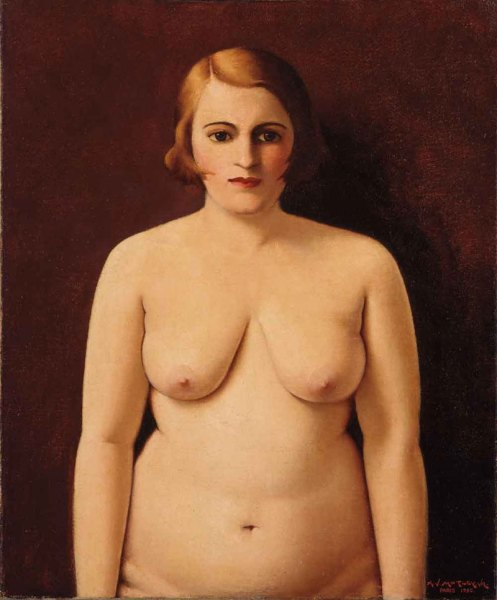
Nude (Portrait of My Wife) (1930), Archibald J. Motley Jr. Image courtesy the Chicago History Museum. © Valerie Gerrard Browne
After his successful 1928 show at New York’s New Gallery – which impressed local Harlem artists – Motley won a Guggenheim Fellowship and went off to Paris for a year. Blues (1929) epitomises this period: in depicting interracial dancing couples he introduced more new layers to his work; the sense of a jazz rhythm fills the composition, which is crammed with bodies glowing with artificial light; the spectator is like a voyeur. On his return to Chicago, Motley used the same devises to depict the African-American South Side of Chicago, known as ‘Bronzeville’, documenting urban life there, with its carnivals, barbecues, cocktail time, Saturday nights out and the passing fashion for ‘hokum blues’.
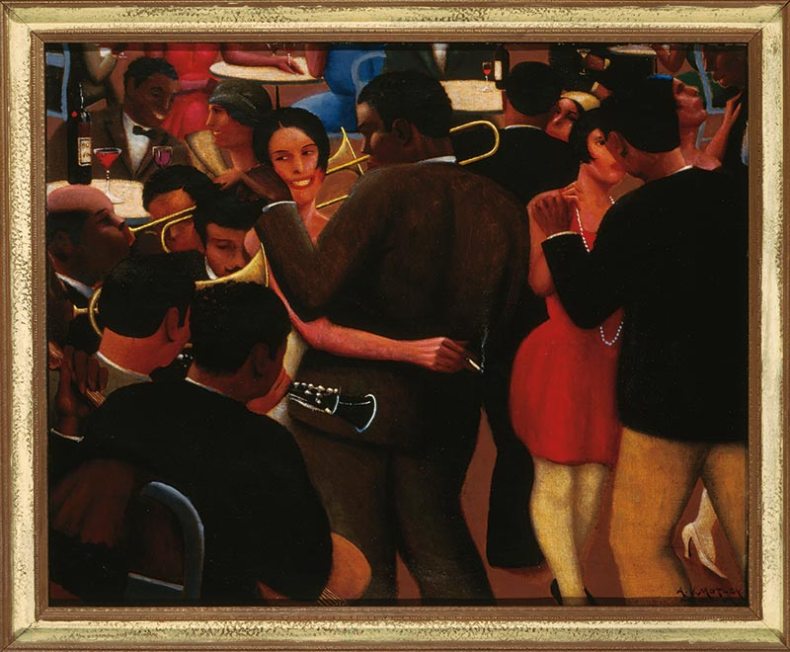
Blues (1929), Archibald J. Motley Jr. Collection of Mara Motley, MD, and Valerie Gerrard Browne. Image courtesy of the Chicago History Museum, Chicago, Illinois. © Valerie Gerrard Browne
But Motley also referred to larger African-American human rights issues, while his visits to Mexico in the 1950s only made his palette hotter, wilder and more surreal. Both of these aspects are found in The First One Hundred Years: He Amongst You Who is Without Sin Shall cast the First Stone; Forgive Them Father For They Know Not What They Do (1963–72) depicting a lynching during the Alabama riots of 1960.
Sadly, not one of Motley’s surviving drawings is displayed. It would be fascinating to have seen some of his preparatory studies alongside his final painted compositions, which are glowing with colour and almost swaying with rhythm. Surely their successful complexity was the result of changing thoughts, moving bodies around, amending lighting, testing options?
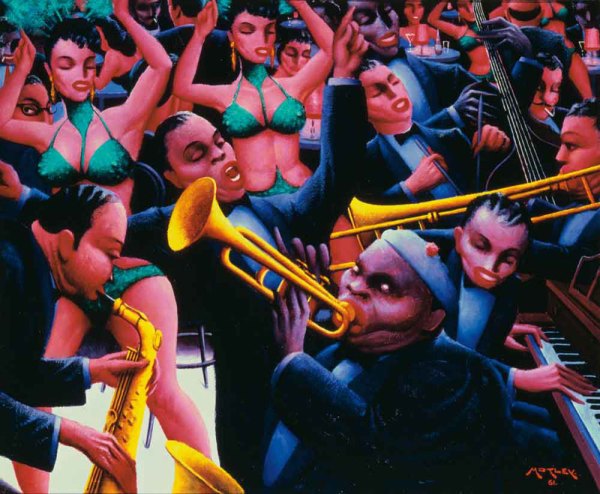
Hot Rhythm (1961), Archibald J. Motley Jr. Image courtesy the Chicago History Museum. © Valerie Gerrard Browne
‘Archibald Motley: Jazz Age Modernist’ is at Whitney Museum of American Art until 17 January 2016.
Unlimited access from just $16 every 3 months
Subscribe to get unlimited and exclusive access to the top art stories, interviews and exhibition reviews.

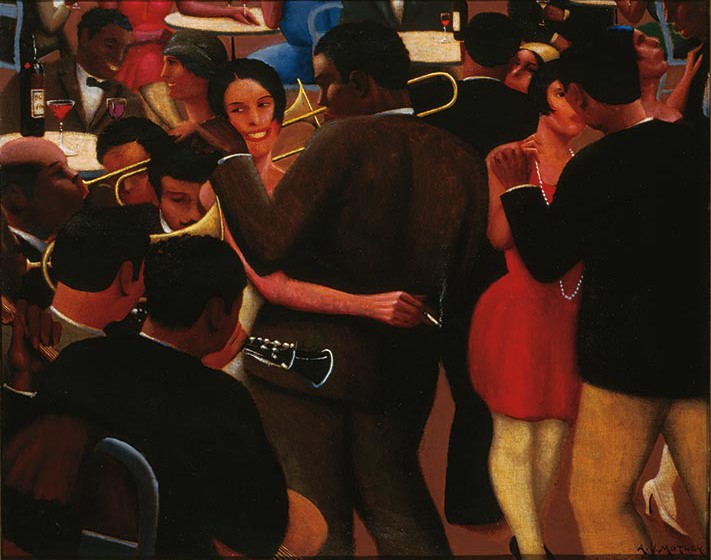

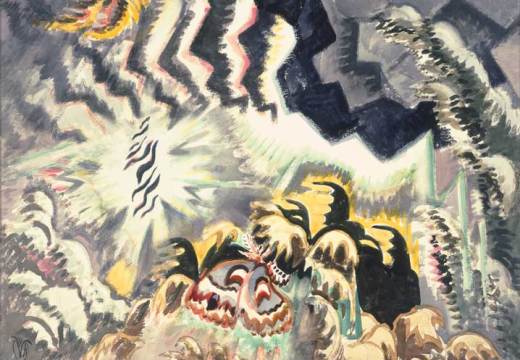
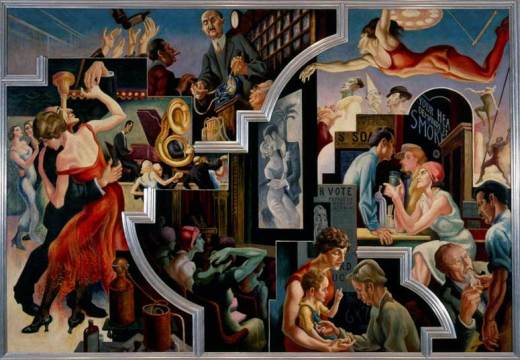









![Masterpiece [Re]discovery 2022. Photo: Ben Fisher Photography, courtesy of Masterpiece London](http://www.apollo-magazine.com/wp-content/uploads/2022/07/MPL2022_4263.jpg)
What would Jane Austen say?